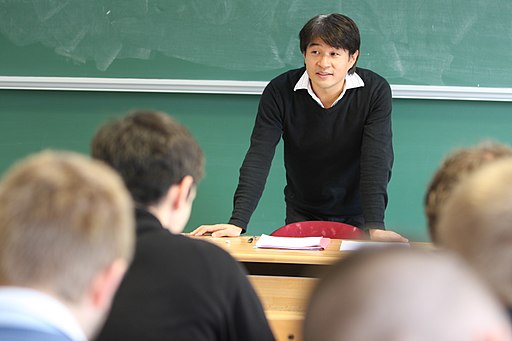Building rapport with your students: help them understand their role as active civil participants in the classroom
Much has been written about how faculty members can create rapport with their students. I suspect most of us have had the experience of teaching a class, posing a question and/or seeking a reaction, and getting minimal-to-no response (even after giving adequate wait time)! Ugh. For someone like me who values connection, these moments aren’t high points.
Recently, I was listening to Dr. Todd Zakrajsek speak on the Teaching in Higher Education podcast. Though the episode was about laptops in the classroom, Todd briefly addressed ways instructors can build rapport with their students by helping them understand what it means to be an active civil participant in the classroom (episode time stamp 31:15 – 32:34).
Here is what he suggested:
- At the beginning of the course, speak with your students about being an active civil participant in a community (i.e., the course)
- You may say something along the lines of “If I’m talking about something I feel is important and relevant to the course, you can be an active participant by nodding at my periodically, you may smile, or show me other facial expressions.”
- “When you (the student) asks me questions, I will listen to you and give you non-verbal feedback that shows you I care about what you’re saying. Could you please do that for me too?”
- “When I’m up here [front of class] and look out and see a sea of faces that are buried in their laptops or without expression, that makes my job hard–and my job is to help you learn stuff that is going to help you!”
What are some of the ways you educate your students about being an active participant in your classroom, especially as it pertains to building instructor-student rapport?
Additional resources on instructor-student rapport:
- Building Rapport with Your Students (Faculty Focus article)
- Establishing Rapport: Personal Interaction and Learning (IDEA Paper #39)
- The Undergraduate Experience: Focusing Institutions on What Matters Most. (Book by Felten, P., Gardner, J. N., Schroeder, C. C., Lambert, L. M., Barefoot, B. O., & Hrabowski, F. A. (2016))
Image credit: https://commons.wikimedia.org/wiki/File:Yukio_Koriyama_Polytechnique.jpg

 Follow
Follow